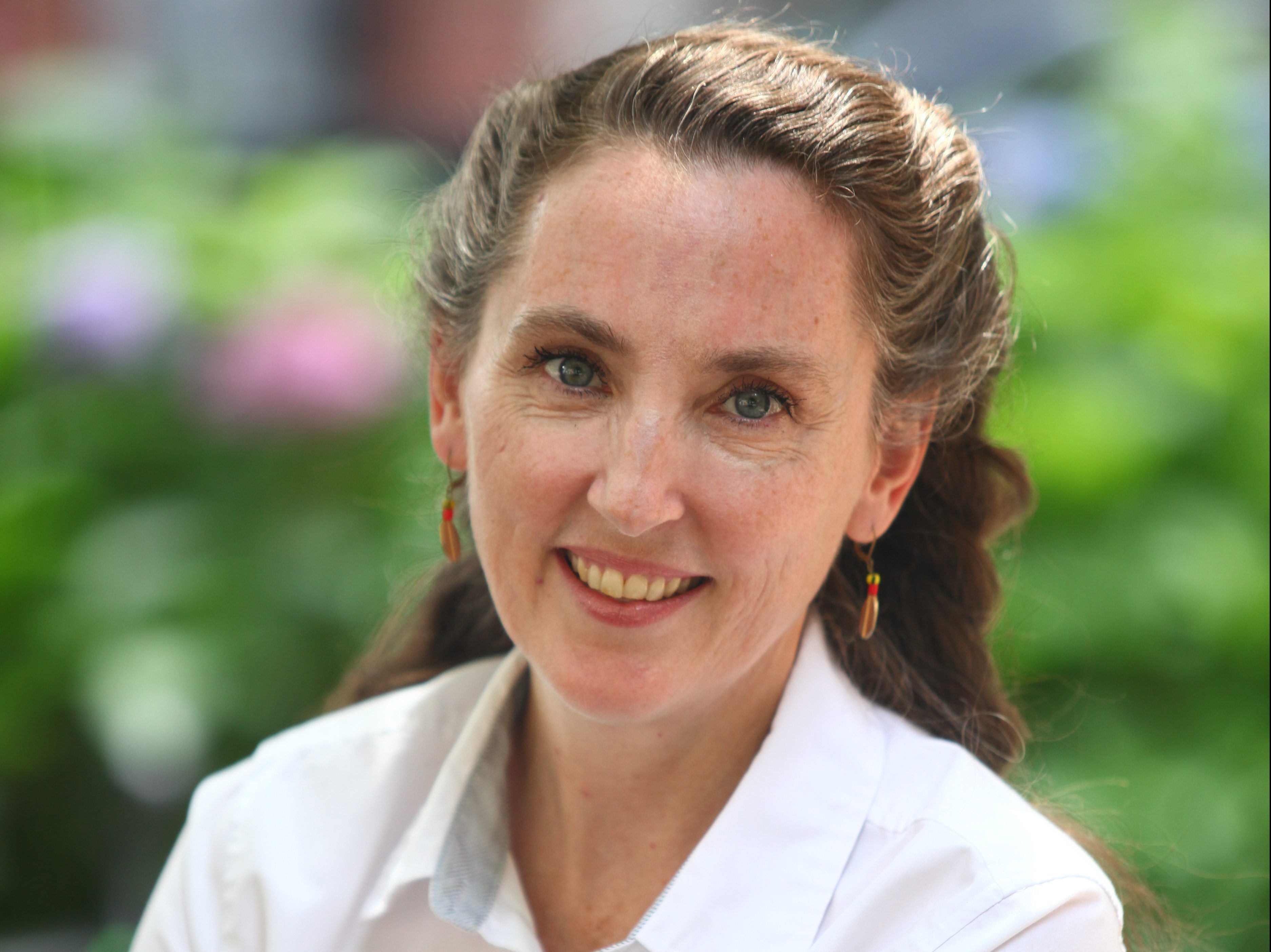Winfield, a professor of Buddhist Studies at Elon, provides examination of "tensions and tactics" of displaying Buddhist visual culture.
Professor of Buddhist Studies Pamela Winfield has contributed to “Secularizing Buddhism: New Perspectives on a Dynamic Tradition,” edited by Richard Payne and published by Shambhala Press. Her chapter on “Curating Culture: The Secularization of Buddhism Through Museum Display” examines the tensions and tactics involved in exhibiting Buddhist visual culture in modern museum spaces.
It first critically examines the ideological divide between sacred and secular that reduced powerful Buddhist icons into aesthetic objects within 19th century Euro-American collections of Asian “art.”
However, it then also examines how Japanese Buddhist temples in particular persevered through periods of persecution, preservation, and paradox, as they ultimately installed temple “treasure halls” (hōmotsukan) that replicated the very kinds of western-style museums that had pillaged their temple treasures a century and a half previously. If the 19th century transferred the temple out to the museum, then the 20th century transferred the museum back into the temple grounds.
She concludes that both American and Japanese museums need to be understood as hybrid spaces, where the supposed boundaries between sacred and secular are porous and continually negotiated by diverse audiences.



